7 Tips For Not Getting Stung On A Used Car Purchase In 2016

I love buying used cars. I know I’ve mentioned this a few times, but I’m continually fascinated at how two identical cars can develop completely different personalities over the years. A few months back I picked up a 2002 Infiniti I35 Sport with 262,000kms for a whopping $2600, and though it didn’t come with any maintenance records, my inspection and test drive told me it should be a decent car. And thus far it’s been exactly that and more. Of course, now that I’ve published this for the world to see, catastrophic mechanical failure is inevitable. Such is the price I pay to entertain the motoring masses.
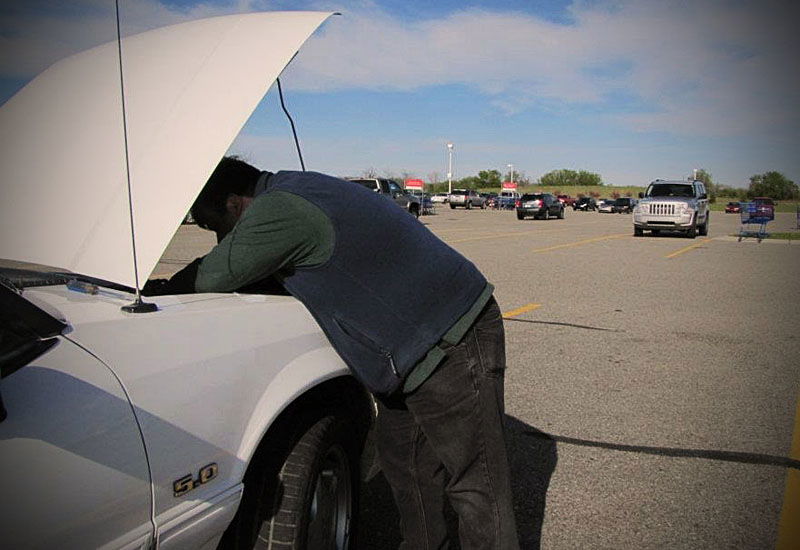
I’m cool with that. Well, not really, but I won’t blame you, faithful CTzens. I’ll do what every self-respecting car guy does - blame the wife. Then apologise for being a jerk. Then convince her that the proper fix involves a supercharger.
I doubt it will come to such things, because the inspection process I’ve honed over the years has helped me weed out the ticking time bombs. I’m sure most of you already know the basics of used car shopping, but here are some of my specific checks that go beyond the norm for some people. Hopefully they can help ensure your bank account is only drained for performance mods instead of emergency maintenance.
1. Do a cold start whenever possible
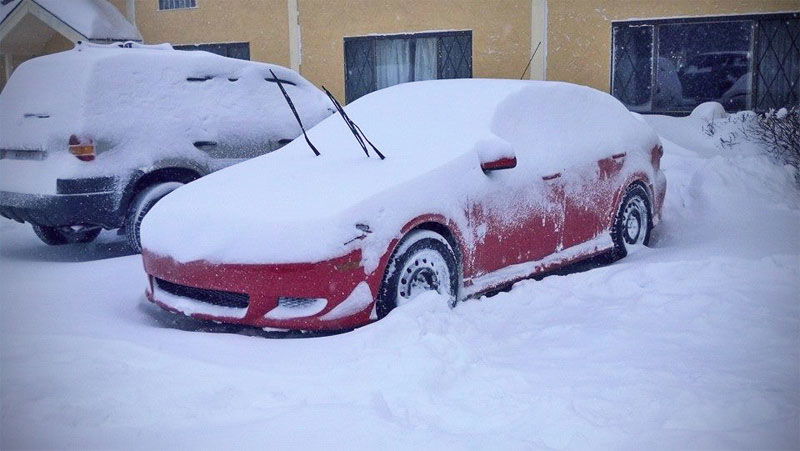
When I say cold start, I mean something that’s been sitting for at least 12 hours. Cold starts can reveal all kinds of engine and transmission issues that could be hidden by even just 30 seconds of run time. You generally have to trust the seller on this, but you can also open the bonnet and check for heat near the exhaust manifold. It will begin heating up within seconds of starting, and it can hold that heat for hours. If you feel even the slightest bit of warmth, come back later when the engine is properly cold.
2. Dirty oil tells more about the engine
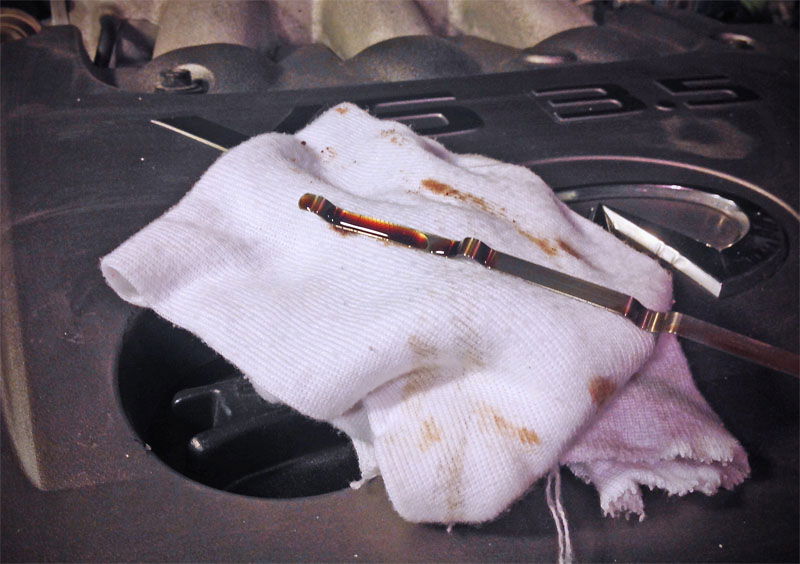
Most people like to see clean oil on cars they’re looking at, but I want to see it used. That’s because used oil can potentially reveal things about the engine, like coolant in the oil from head gasket leaks or minor cracks in the block that might not otherwise be obvious. I could even go so far as to have an oil analysis done if the car was worth such a process. Meanwhile, clean oil only tells me it was just changed, and a common trick to hide nasty noises in the engine or valve train is to do a fresh change with thick, heavy-weight oil. Clean oil isn’t a deal breaker by any means, but it bumps the rest of my inspection up to DEFCON 3.
3. Test drive automatics while they're still cold
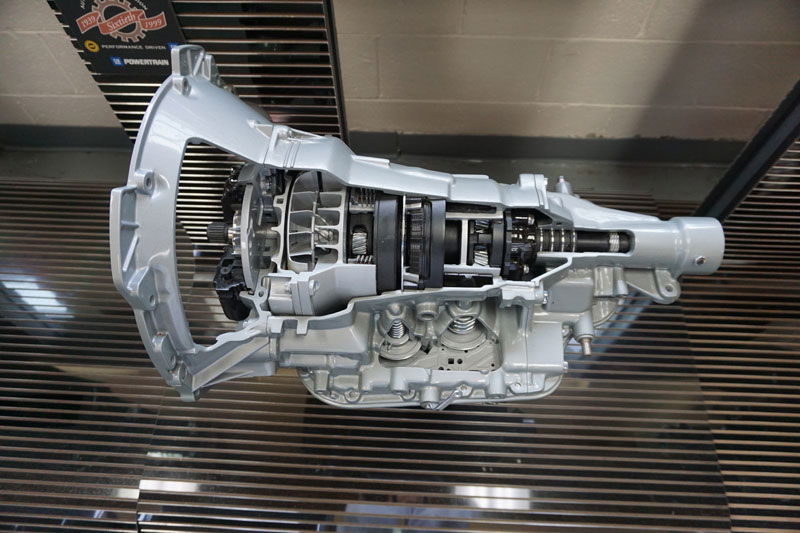
If you’re looking at an automatic, start the test drive within a minute or two while things are still cold. Even if you just move back and forth in the driveway, at least go fast enough to ensure the car shifts properly. Once again, cold operation can reveal problems that warm temperatures can mask, such as torque converter issues or bad seals that only work once the heat expands them.
4. Lug the engine to check for clutch slippage on a manual
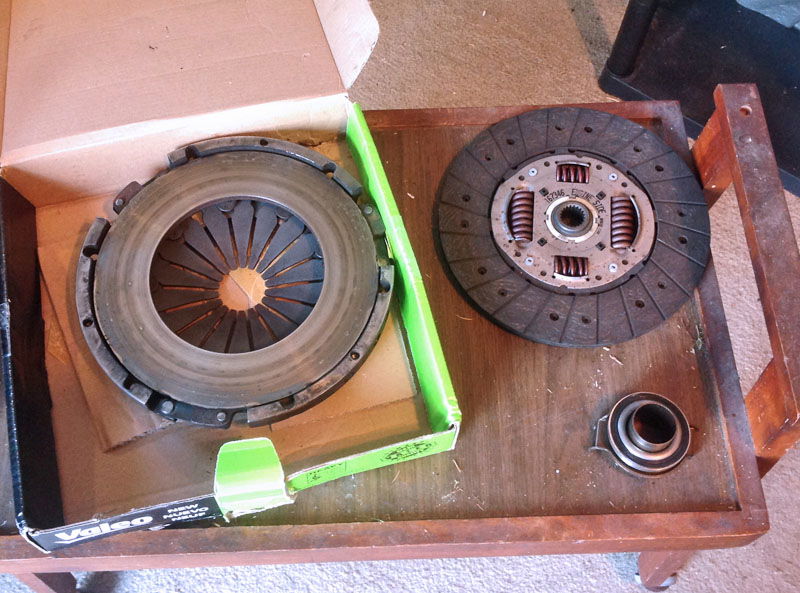
Low revs in a high gear is the absolute best test for the condition and holding power of a clutch. That’s because engine torque is usually greater at lower engine speeds, and with a tall gear you’re not distracted by hard acceleration or a loud engine. Different cars obviously have different ratios and power curves, but flooring the gas in fourth gear at 30kph is usually a good starting point. If the clutch is weak, you’ll easily notice it slipping as the revs slowly build.
5. Put the car through its paces on the test drive

Don’t let pushy sellers keep you from properly exercising the car. That’s not an excuse to turn the test drive into a drifting exhibition, but checking the car’s performance with a couple of acceleration runs and panic stops should absolutely be part of the test. On a manual, try a couple of quick shifts at higher revs to check synchros. A few quick side-to-side tugs on the wheel can reveal steering or suspension issues. If the seller is along for the drive, tell them what you intend to do before you do it. Any reputable seller should understand this is important and be fine with it. If they refuse and just call it abuse, walk away.
6. Let it idle a long time

Unless the engine sounds like the grand finale of a fireworks display, don’t just shut it down after the test drive. Let it idle for a good 10-15 minutes while you look over the car again. This will put the cooling system to the test, so make sure the car doesn’t overheat. Check that electric cooling fans kick in like they should, and that the temp gauge drops when this happens. And take note of any coolant odours as the pressure builds in the system. It could just be excess coolant from the overflow bottle, but it could be something much worse.
7. Check all electrical devices

This isn’t just about ensuring all the convenience features work. A bad power window motor or door lock isn’t necessarily a deal breaker, but if a bunch of things don’t work, you could be looking at a much larger problem and you won’t know this unless you test everything. This is especially important on older rusty-but-trusty cheap car purchases - you don’t want to muck with replacing a wiring harness, never mind driving in fear of a catastrophic electrical fire.
Do you have any used car inspection tips to share? Let’s hear them!












Comments
Not sure if many people know this but the frauds in pakistan and maybe other countries out banana slush in the engine. It feels smoth test driving it.
Guys, this is a must for higher mileage cars or modified/rebuilt engines, especially turbo ones.
TAKE THE OIL FILLER CAP OFF WHILE THE CAR IS IDLING, and hold your hand over it to check for BLOW BY, or in other words, the pressure is escaping from your combustion chamber, past the rings and pressurising the crank case. The air will come out the oil filler cap and other breathers, and if it is bad enough will pop the dipstick out.
PLEASE CHECK THIS! I didn’t, and now I’m paying for it!!
It is especially important to check on boosted cars because you won’t feel a significant loss in power, because the turbo/supercharger is constantly pushing enough air to keep the combustion chamber full of air, resulting in similar power levels, when it’s boosting.
Number one rule: do your research, dummy.
my first car mistake was fall in love with it, now after 5k driving it started to make problems, like timing chain lower control arms, all four brake calipers, transmission needs replacing, sh!t tons of problems, it’s a nissan with 140k miles. but the timing chain was going out before i buy it, the next time i buy my car i will not buy a timing chain car, timing belt will do better for me to repair. never buying a 2000+ nissan’s, i mean i love the fair lady and 370Z but nope too much for me as a project car and a minimum wage bulls!it job.
always check the car’s service history, and in any case, do a full MOT inspection and servicing before starting to use the car after you bought it, don’t be fooled by the salesman saying it passed it’s MOT, just have the car go through the inspection even if the salesman wasn’t lying. The test drive is very important, so put the car through it’s paces during the test drive. before you buy the car, make sure you inspect the body-work and electrical systems while checking out the car, cuz as they say, first impressions are everything, and it can be deceiving. Also be wary of specific types of cars with specific types of owners. If the car in question is, let’s say a 2004 Mustang who’s owner is well into his 50s, then the car was sought after. if the car is a 1980s Volkswagen Golf GTi and the owner is in his 20s, then you can expect the car to have seen a ditch or two in it’s life-time.
i forgot abt no. 7 and i’ve got no side door mirror electrical adjusters and the driver’s side power window motor is faulty. It can’t be opened fully, otherwise it’ll take a loong time before being able to close back
I also have three more tips on purchasing a used/new daily car.
3.everything degrades in value when you purchase it. the actual trick is getting the vehicle for equal to or less than its current worth. If you are getting a loan then make sure that includes the interest. Cars are an investment you never want to lose on an investment,
My dad told me to bring a used car to a “trusted mechanic” while on the test drive, and if the seller gets worried assume hes trying to hide something and move on.
Another tip:
Spot one of the shrader valve of the A/C-hoses and give the centerpin a quick push. If the system is not leaky, some refrigerant-gas (or air) will spray out.
This is very useful, when the dealer says: A/C System is leakproof but needs just some R134a.
Pagination